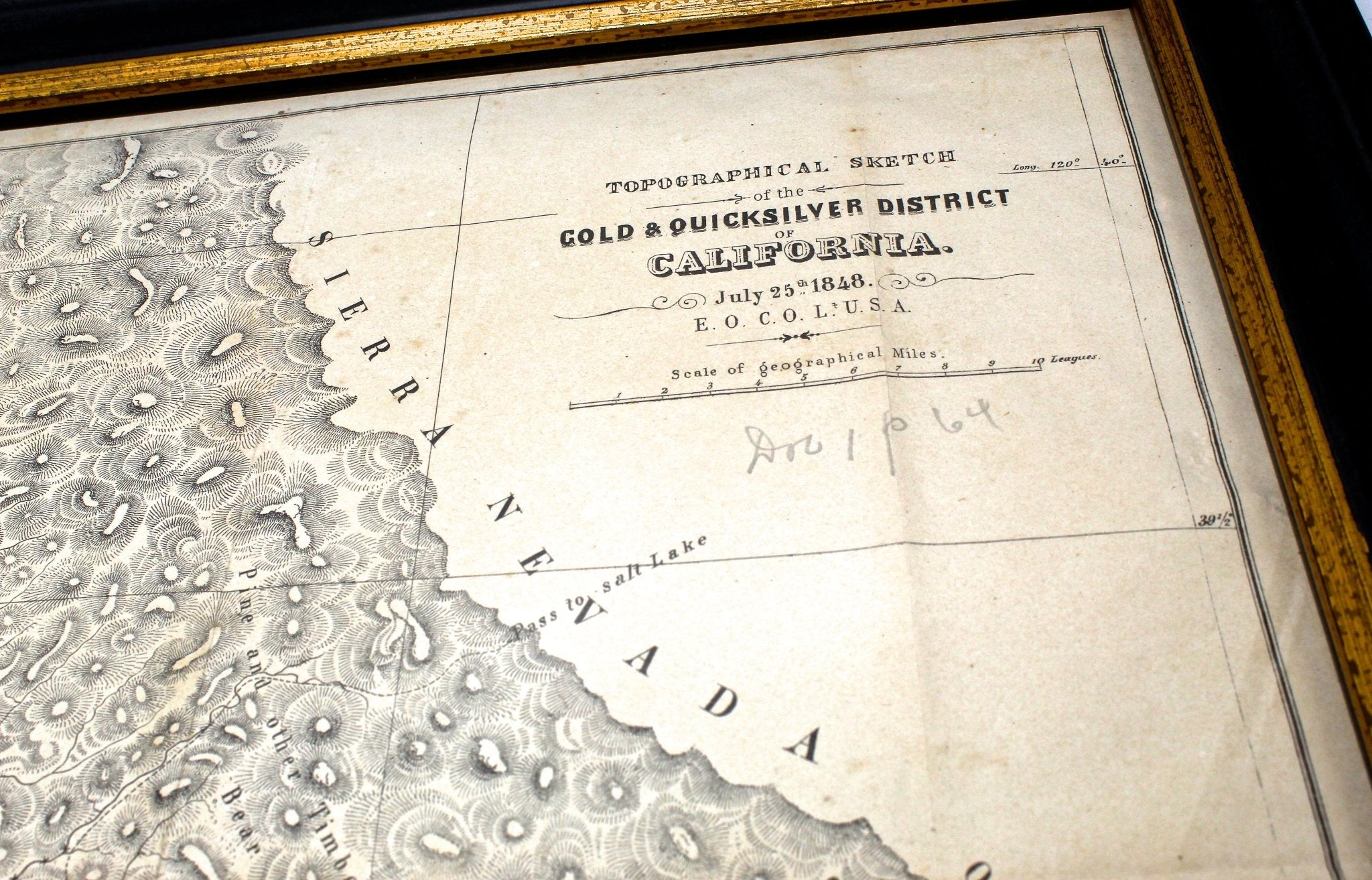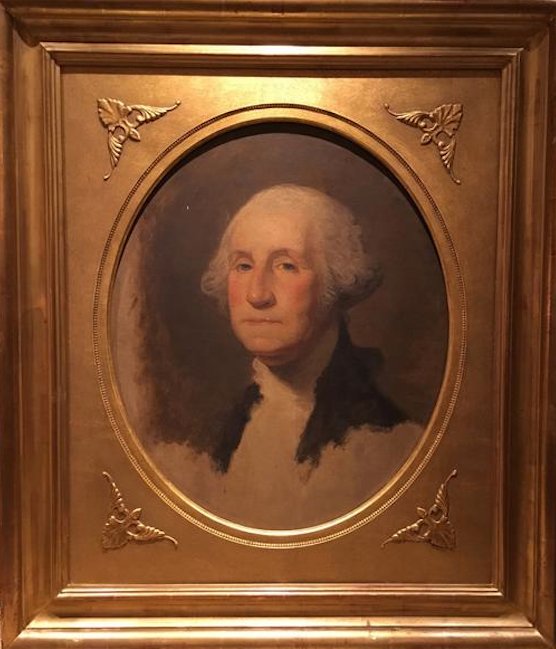Taking to the Skies: The Airline Industry Through History
The Wright Brothers
Brothers Wilbur and Orville Wright’s hard work finally paid off in the year 1903 when they officially flew the first powered and controlled airplane the world had ever seen. This shifted history tremendously, and soon flights were commercialized for longer trips across the world. As pioneers of aviation, the Wright brothers worked with advancing science practices, and just the right amount of wind in Kitty Hawk, North Carolina, to get the first functioning airplane off the ground. After that, the industry took off, with new innovations coming up constantly to reinvent air travel. Today, we take a look at that industry through the ages, from early records of Wright experiments, to later airline advertisements that now evoke a sense of nostalgia.
The Wright brothers began their experiments with airplanes early in their lives. By 1901, the brothers had built a wind tunnel capable of testing their experiments. They tested with gliders, which are hand-built aircraft without an engine. The gliders utilized wind as a tool to lift the mechanism off the ground and were capable of flying for long periods of time. Taking inspiration from the aerodynamic form of birds’ wings, the Wright brothers created the “Wright Flyer,” which is now housed in the Smithsonian’s National Air and Space Museum. The Wright Flyer was powered and controlled and flew for a record of twelve seconds in its first flight. Below is a photograph of the Wright Flyer during that flight.
Here, we see Orville positioned inside the airplane while Wilbur runs alongside the plane. The brothers flew the Wright Flyer only one single time, in the infamous first flight of 1903, and never again. Even so, the two were ecstatic with their success, and later turned to the European market and the U.S. military to begin selling their planes.
Pictured below is a full collage, located in the City Center D.C. shop of The Great Republic, which features a signature from inventor Orville Wright. The check with the signature is made payable to the Ohio Bell telephone company and is dated March 4, 1922. The collage also incorporates a photo of Orville on the left and a photo of the Wright Flyer in its first take off. Even with dreams as big as those for the first flying machine, the Wright brothers never assumed that they would reach the levels of success and fame that their legacy holds today. This collage commemorates that success and presents a snapshot of the airline industry in its earliest beginnings.
Orville Wright Signature and Photo Collage
Advancing Technology
After the first Wright flight, the aviation industry took off substantially. Companies such as Sensenich manufactured airplane parts to assemble sleek, new models. Below is an example of a 1930s airplane propeller. Propellers of this type were used on a variety of aircraft of the era, including the Boeing PT-13 and PT-17 "Kaydet" trainers. The Sensenich Propeller Company later shifted their focus into war production for WWII and their propellers were produced on a massive scale.
Sensenich Bros. Wooden Airplane Propeller
This propeller is made of wood with painted brass on the ends. The many layers of wood used in the body of the propeller made these propellers relatively lightweight. The propeller was modified from its earlier models to reflect a more aerodynamic and streamlined form. The gentle curves of the propeller are smooth, yet durable enough to support a fast-moving plane.
Moving forward from the basic concept of gliders, as tested by the Wright brothers, companies began to advance airplane production tenfold. Charles Lindbergh took the first successful solo flight from the United States to Europe in 1927. The world was opening up in new ways, thanks to air travel.
Advertising Air Travel
The airline industry continued to grow, and mid 20th century advertisements were created to encourage the purchase of commercial airline tickets. These advertisements were often hung as colorful posters, persuading consumers to indulge in the luxury of air travel.
When commercial flights became common in the 20th century, advertisements got consumers excited about the endless possibilities of air travel. Many of us consider flying on an airplane to be a rather mundane experience nowadays, but back in the early 20th century flying was a dream. Advertisement companies played up this excitement for air travel in their many travel posters, designed to entice customers to travel in a new and innovative way. Below is an example of an airline travel poster from 1948. It advertises for American Airlines flights to places such as California, New Mexico, Arizona and Texas. The design is fun and evokes a sense of adventure and mystery.
After World War II, creative airline ads really skyrocketed with new innovative designs taking shape. Below is a travel poster for the popular Trans World Airlines company, dating 1964. The poster depicts a painterly presentation, which highlights the Chicago skyline. As was common for most airline advertisements, the poster focuses on the destination rather than the airline itself. Today, these posters are considered to be a form of art, with their creative depictions and bright colors. Yet during their time, these posters were just a way to earn money for the company and commercialize the brand.
Nowadays, simply flying in an airplane has become mainstream. All advertising for these flights is digitalized and available at the touch of a button. Yet, there's still something enticing about the old fashioned airplane ads. Some of the most incredible technological advances have come about in the airline industry over the past century. What could possibly be next?
Take a look at more pieces available at The Great Republic:
The Spirit of St. Louis by Charles Lindbergh, Signed
Pair of Vintage Navy Tail Wings
WWI Blue Silk Kerchief with Airplanes
Referenced: Klein, Christopher, 10 Things You May Not Know About the Wright Brothers. The History Channel, A&E Television, December 17, 2013.
















